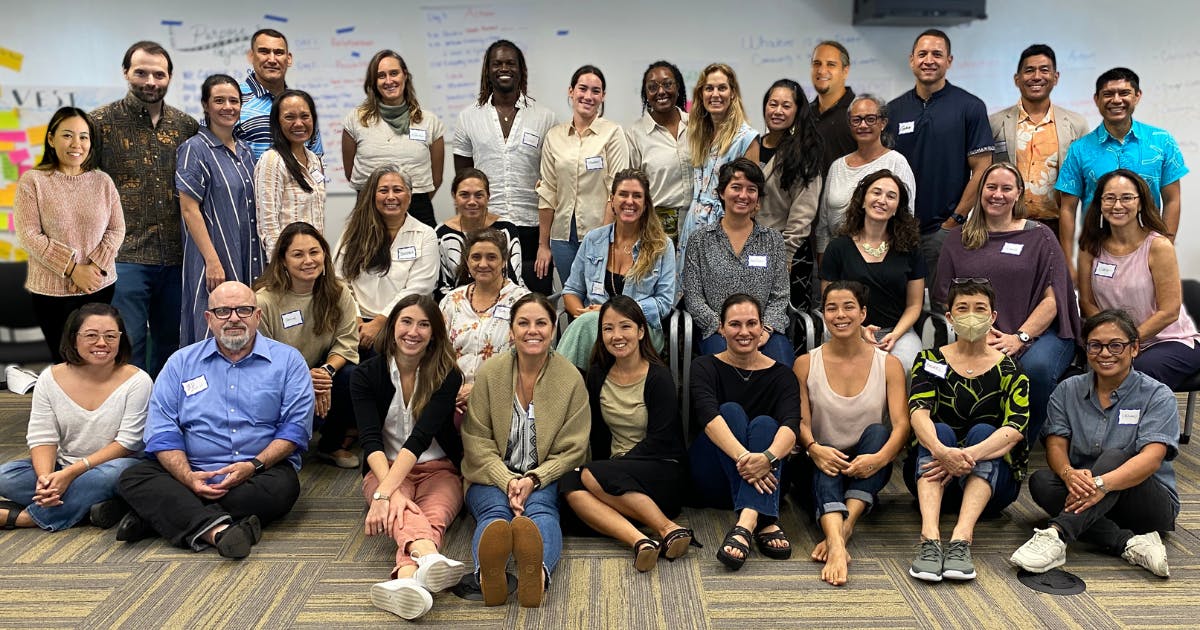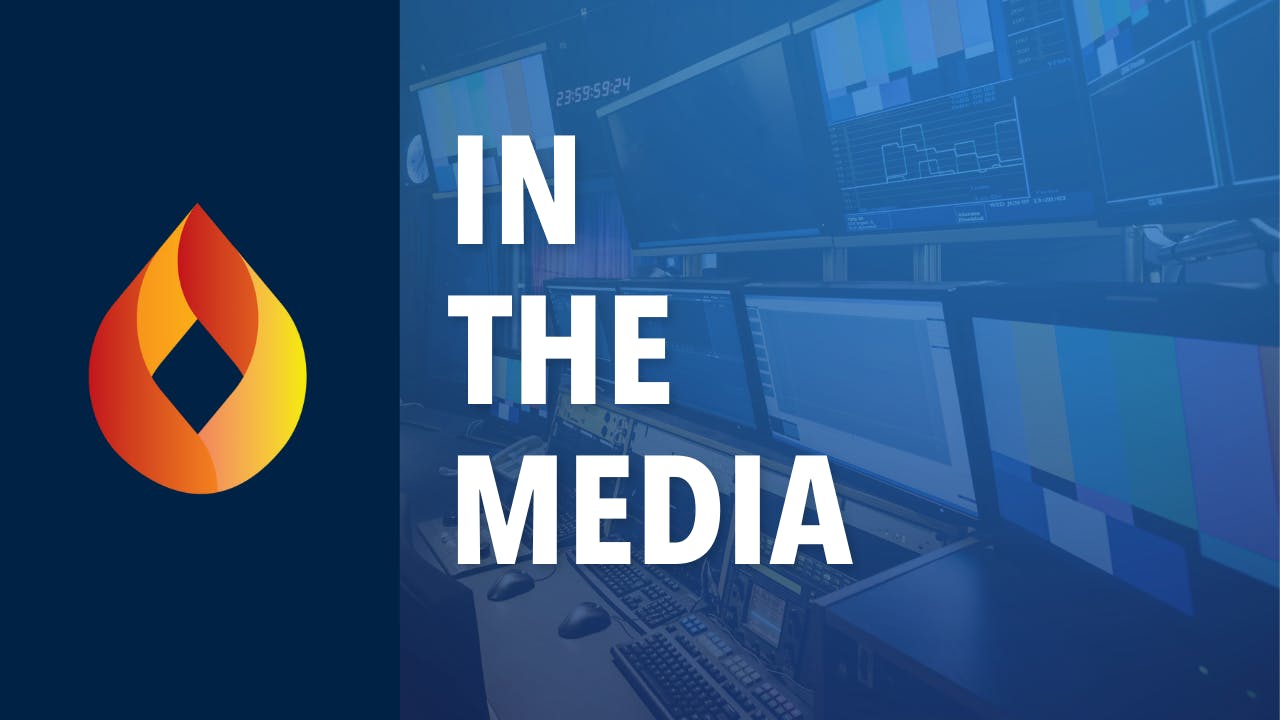
More than 30 co-facilitators participated in The Art of Hosting and Harvesting Conversations that Matter
Contributed by: Aki Marceau
We gathered in two concentric circles, both facing in. The facilitator instructed those on the outside circle to walk clockwise around the inside circle, while those inside closed their eyes.
“Tap the people who made you laugh.”
“Tap the people who inspired you.”
“Tap the people who you learned something from.”
“Tap the people who you didn’t get to talk to but want to.”
I felt some percussive pats, a few tickles, and even the outline of a heart across my back, making me feel both childlike and loved through the most beautiful expression of unspoken and anonymous respect. As we opened our eyes and shyly looked at each other’s damp cheeks, it was clear that we each shared the sentiment of feeling seen. This is how we closed three days of Art of Hosting (AoH) training.
I signed up for AoH thinking that it would be a refresher. I participated in the training back in 2018 at Impact Hub, with my soon to be Cohort Fellow George Yarbrough and Network Weaver emerita, Aubrey Yee. At that time, I had no expectations, and was pleasantly surprised that after two and a half days, I emerged with a new mindset: AoH had fundamentally changed the way I viewed and approached convenings. In particular, I learned that the wealth of knowledge lies within participants and a facilitator’s role is merely to create the conditions that allow for that knowledge to emerge.
Fast forward five years—a long five years that included a global shift to hybrid and remote work and a multiyear pause on in-person facilitations. As the closing facilitation activity indicates, I emerged once again with a new appreciation for facilitation.
What makes AoH training so special? There are three distinct features that come to mind.
- Participants facilitate from the beginning: In order to host AoH training, the trainer requires the participation of a design team made up of individuals who have some familiarity with AoH techniques. The design team helps set the agenda and areas of focus, models facilitation techniques, and coaches participants on how to facilitate. The structure of having a design team bridges the gap between participant and trainer, and also presents opportunities for participants to serve as facilitators as early as day one, with the support of a coach. By the final day, participants lead most, if not all, sessions. I was lucky enough to have Omidyar Fellow Rachael Wong coach me for both of the sessions I led.
- Music & movement appreciation: The frequent use of music, sound, and movement caught my attention, perhaps in a more heightened way since I was still emerging from my two-dimensional COVID quarantine. There are several facilitation styles (flocking and mirroring, as two examples) that leverage both music and movement to transform the energy of a room. Through these techniques, we could go from a sleepy post-lunch stupor to laughing and rapid idea generation within just 15 minutes.
- It’s hands on and builds empathy: Anyone not facilitating serves as a participant, allowing those being trained to develop empathy for people they will eventually facilitate. I found this especially helpful because I was able to try out participation on non-work related projects. For example, I served as a host during Pro Action Cafe to get valuable input on a cookbook I’m writing geared toward pregnant people. By focusing my participation on something personal, I felt as though I could be more courageous, while also learning what it’s like to be a host participant. This allowed me to envision how I might use this style in a work-related setting. And, for those interested in my cookbook or have connections to publishing, feel free to reach out.
Having multiple people within the same organization go through the training helps develop a shared language and also creates a safe space to try new strategies. AoH undoubtedly resulted in a good laugh and cry, improved our facilitation technique, and helped us recognize high quality participant-led facilitation. Most importantly, with these tools, my partners and I can overcome barriers and reach breakthroughs that otherwise wouldn’t be possible.
Honolulu Star-Advertiser, Island News — The Chamber of Commerce Hawai‘i hosted a “fireside chat” Thursday with Hawaiian Airlines President and CEO Peter Ingram and Alaska Airlines President and CEO Ben Minicucci. The forum addressed the merger’s impact on Hawaii’s economy, business community, and residents.
